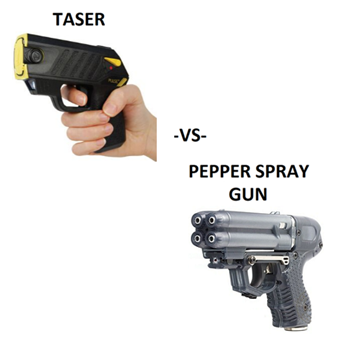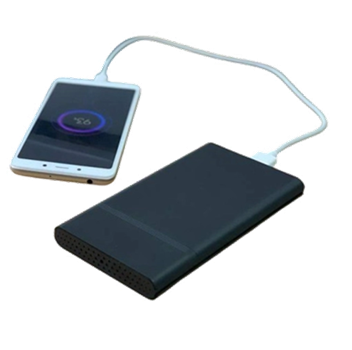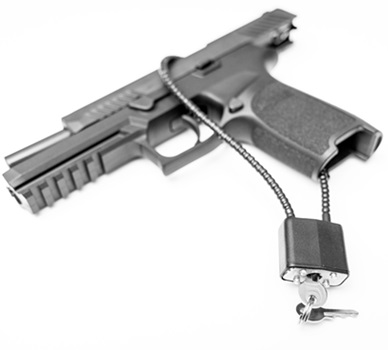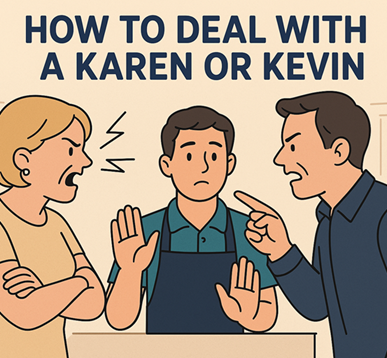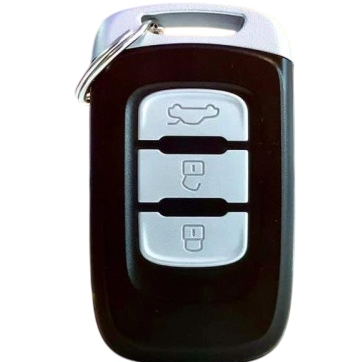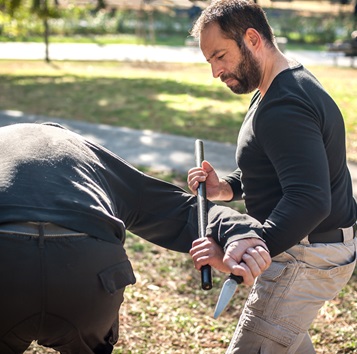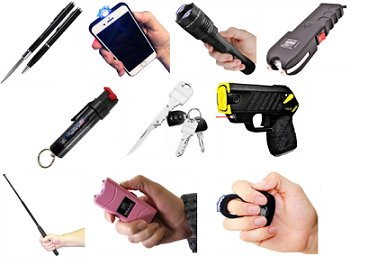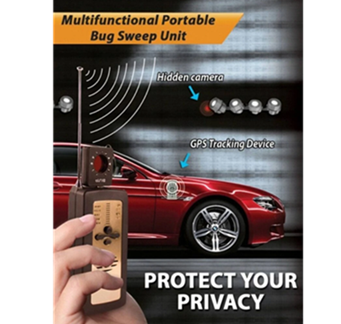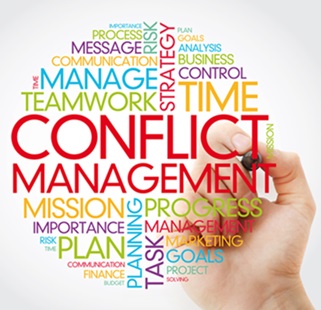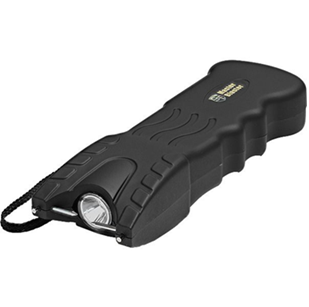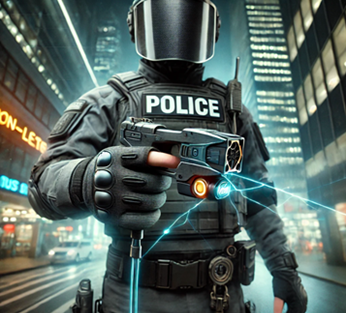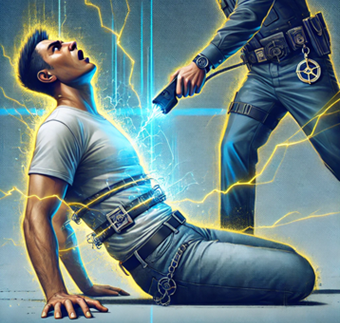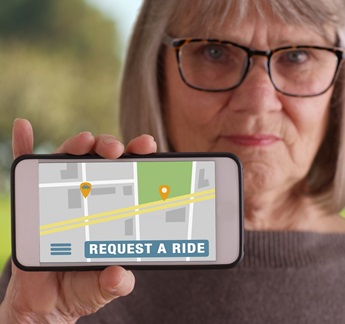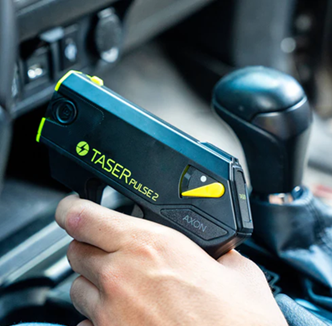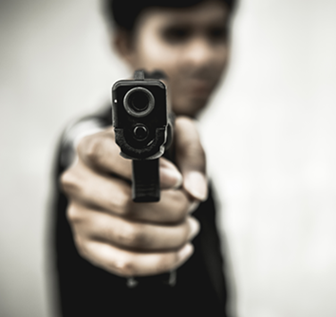Surviving a Sniper Attack: Essential Steps for Safety in Crowded Events
 In today’s world, the threat of a sniper attack in public places, though rare, is a grim reality. Recent events, such as the assassination attempt on Donald Trump, have heightened awareness and concern about the potential for such attacks. Large gatherings like concerts, sports events, and festivals can be potential targets. Knowing what to do in such a terrifying situation can significantly increase your chances of survival. This blog post aims to provide you with essential steps to follow if you ever find yourself in the midst of a sniper shooting at a crowded event.
In today’s world, the threat of a sniper attack in public places, though rare, is a grim reality. Recent events, such as the assassination attempt on Donald Trump, have heightened awareness and concern about the potential for such attacks. Large gatherings like concerts, sports events, and festivals can be potential targets. Knowing what to do in such a terrifying situation can significantly increase your chances of survival. This blog post aims to provide you with essential steps to follow if you ever find yourself in the midst of a sniper shooting at a crowded event.
Understanding the Situation
Before delving into specific actions, it’s crucial to understand the dynamics of a sniper attack. Snipers choose positions that give them a wide field of view and are often well-hidden. Their attacks are sudden and usually come from a distance, making it difficult to identify the source immediately. The sound of gunfire may not always be immediately recognizable, and confusion can quickly spread among the crowd.
Immediate Actions to Take
-
Stay Calm and Assess the Situation:
- Panic can lead to irrational decisions. Take a moment to breathe deeply and try to remain as calm as possible.
- Look for clues to determine the direction of the threat. This can be challenging, but understanding where the shots are coming from can help you decide your next move.
-
Seek Cover, Not Concealment:
- Cover can stop bullets, while concealment merely hides you. Look for solid structures like concrete walls, vehicles, or large pillars.
- Avoid flimsy objects like bushes or wooden fences, which provide concealment but not protection.
-
Stay Low and Move Fast:
- If you need to move to reach better cover, do so quickly and keep as low to the ground as possible. Crouch or crawl if necessary.
- Avoid running in a straight line, as this makes you an easier target. Zigzagging can make it harder for the sniper to aim accurately.
-
Help Others If Possible:
- While your safety is the priority, if you can assist others without putting yourself in significant danger, do so. This could involve guiding them to cover or helping someone who is injured.
Long-Term Actions During the Incident
-
Silence Your Phone:
- Ensure your phone is on silent mode to avoid drawing attention to your location. Avoid making calls unless absolutely necessary.
-
Stay Hidden and Wait for Law Enforcement:
- Once you find cover, stay put. Moving around increases your risk of exposure.
- Law enforcement and first responders are trained to handle such situations. They will neutralize the threat and guide you to safety.
-
Communicate with Authorities:
- If you can do so safely, inform authorities of your location and any relevant details about the shooter. Use text messages or emergency apps if speaking is too risky.
-
Stay Informed:
- Use your phone to check for official updates and instructions. Authorities may provide information on safe evacuation routes or the status of the threat.
Post-Incident Actions
-
Follow Official Instructions:
- Once the threat is neutralized, follow the directions given by law enforcement and emergency personnel. They will guide you to safety and provide medical assistance if needed.
-
Assist the Injured:
- If you have medical training or can provide basic first aid, help those who are injured until professional medical help arrives.
-
Document and Report:
- If you witnessed the incident or have any useful information, report it to the authorities. Your observations can be crucial for the investigation.
-
Seek Emotional Support:
- Experiencing a sniper attack is traumatic. Don’t hesitate to seek psychological support to process the event and cope with any lingering stress or anxiety.
Prevention and Preparedness
-
Be Aware of Your Surroundings:
- When attending large events, take note of potential cover locations and exits. Awareness of your environment can save precious seconds in an emergency.
-
Know Basic First Aid:
- Basic first aid knowledge can be invaluable. Consider taking a first aid course to be prepared to help others in emergencies.
-
Stay Informed About Emergency Procedures:
- Familiarize yourself with the emergency procedures of the venues you visit. This includes knowing the locations of exits, medical stations, and the process for contacting security.
Conclusion
While the likelihood of encountering a sniper attack is low, being prepared and knowing how to respond can make a significant difference. In summary:
- Stay calm and assess the situation.
- Seek solid cover and move quickly but cautiously.
- Assist others if possible without endangering yourself.
- Stay hidden until authorities arrive and follow their instructions.
Preparation and presence of mind are your best tools in such scenarios. By understanding these steps and remaining vigilant, you can enhance your chances of survival and help others in dire situations. Stay safe and always be prepared.
Company Info
Customer Service
Product Information
- TASER® and Stun Devices Regulations by State
- TASER® Safe Escape Product Replacement Guarantee
- TASER® Comparison Chart
- TASER® User Manuals
- TASER® Warranty Info
- Byrna Product Catalog
- PepperBall Manuals & Spec Sheets
- Pepper Spray Laws
- Air Gun Laws
- States that Restrict Automatic and Butterfly Knives
- Our Print Catalog



























